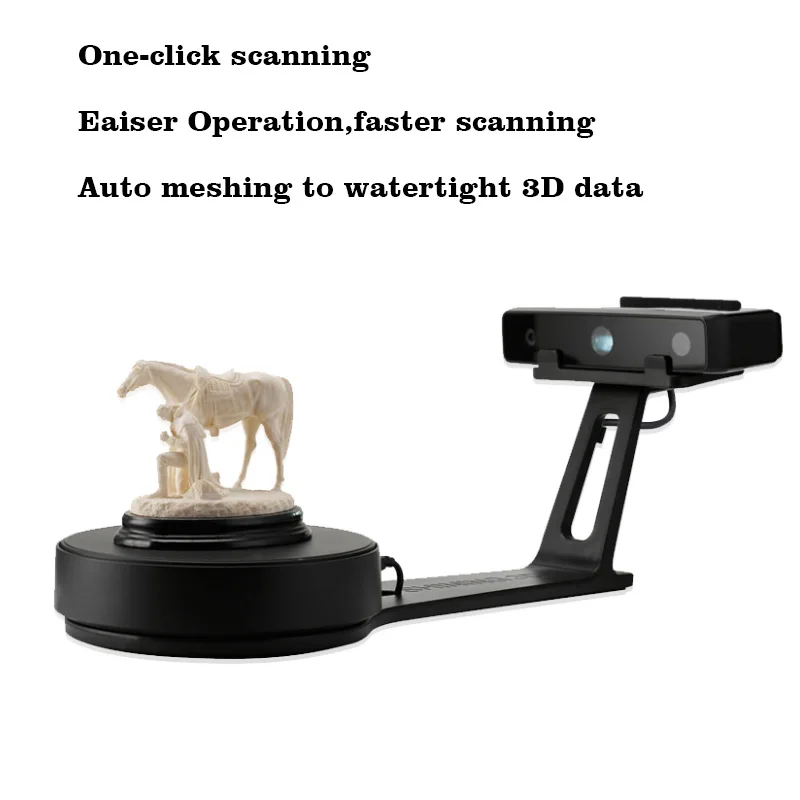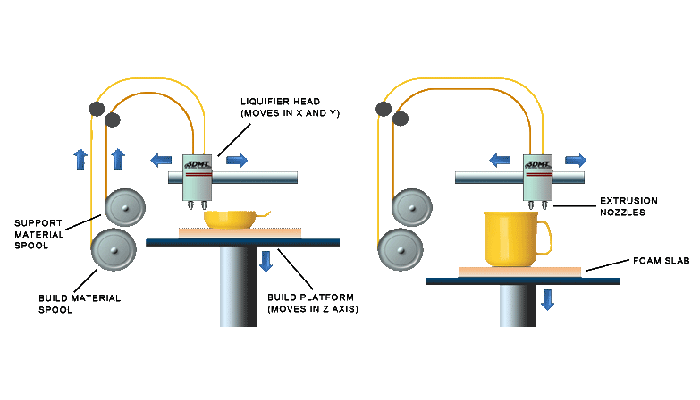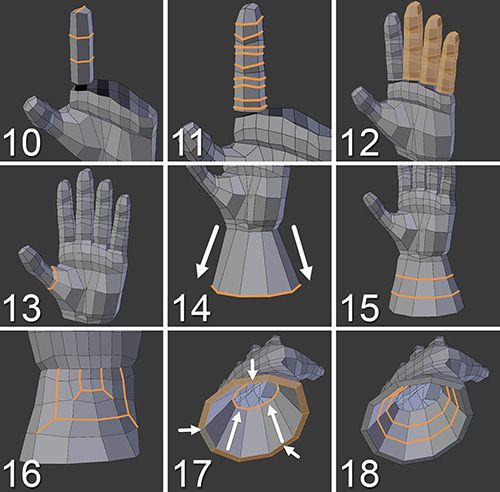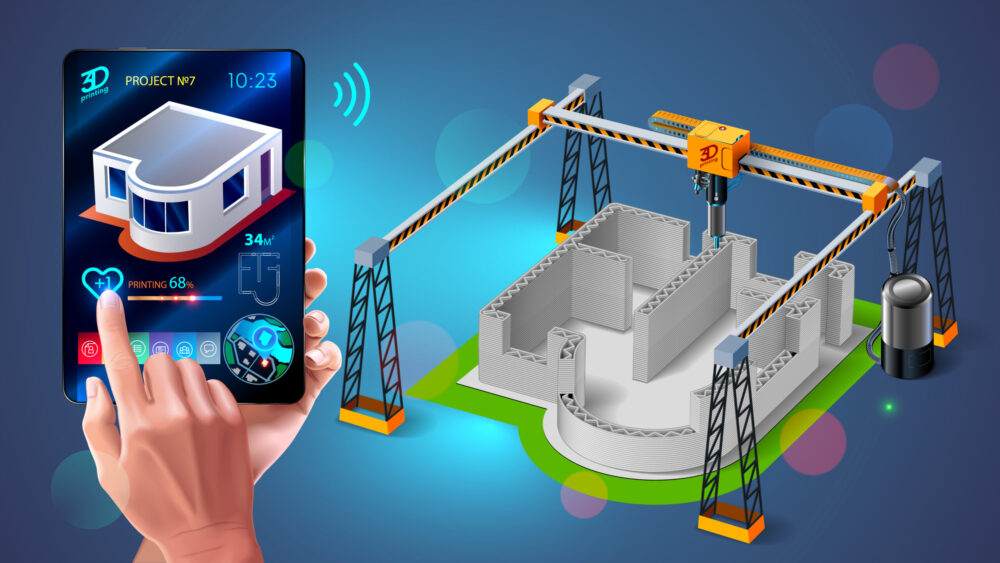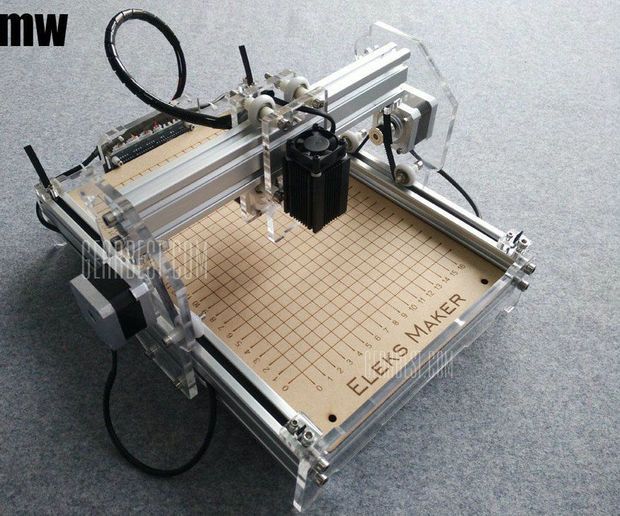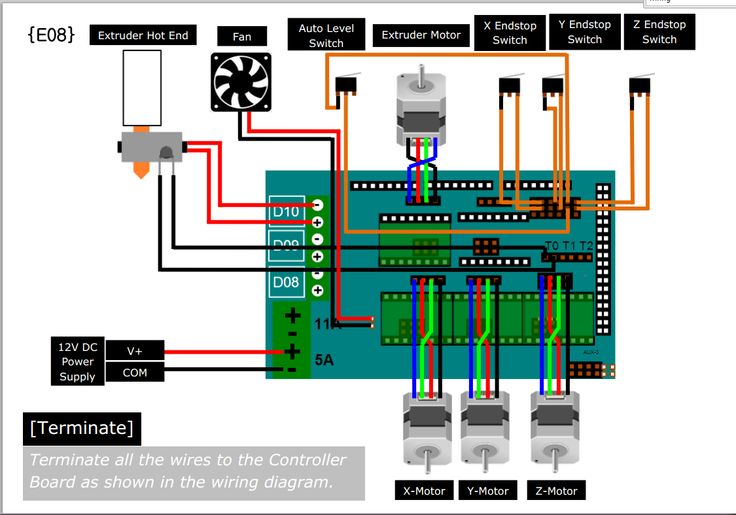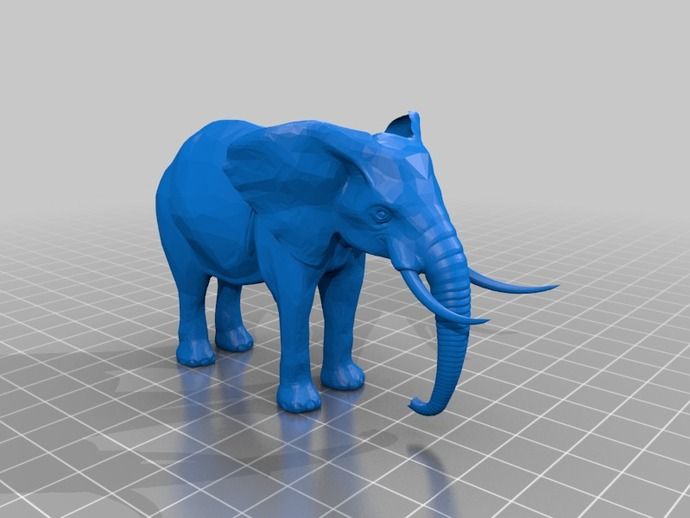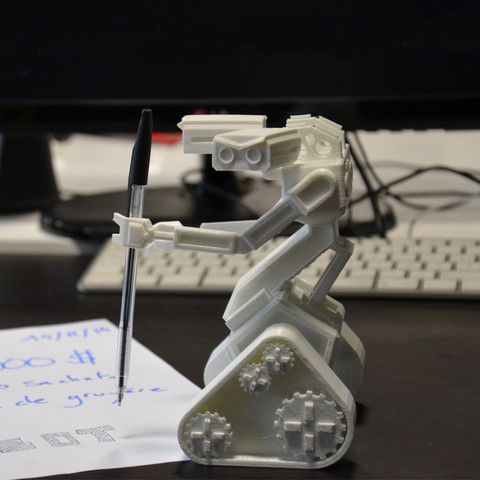Phiz 3d scanner
Phiz 3D Scanner | Hands-On Review
- Author
- Recent Posts
Martin
Martin has a M.Sc. in physics and has gained many years of experience in industry as a lab manager and quality assurance manager. He has now tested dozens of 3D printers and is happy to share the collected experience with each new article.
Latest posts by Martin (see all)
Disclosure: Links marked with * are Affiliate Links. I earn from qualifying purchases if you decide to make a purchase through these links – at no additional cost for you!
The Phiz 3D Scanner from Kiri Innovation* brings 3D scanning technology into your home. Using a new patented technology and powerful artificial intelligence, it is possible to split the 3D scanner into a laser, a turntable and a smartphone. The result is an affordable 3D scanner for the hobbyist.
Due to the low cost compared to industrial 3D scanners and the amazingly good results, you get a very good price-performance ratio.
In this review I will show you how the Phiz 3D Scanner works, how to use it and what results you can get with it. I scanned some objects to test the performance.
- Object Height = 70 mm
- Scan Result
Table of Contents:
- 1 Key Takeaways
- 2 Who Should Buy the Phiz 3D Scanner?
- 3 Advantages & DisadvantagesPhiz 3D Scanner
- 4 Scope of DeliveryPhiz 3D Scanner
- 5 FunctionPhiz 3D Scanner
- 6 FeaturesPhiz 3D Scanner
- 6.1 Powerful AI
- 6.2 Compatible with many Smartphones
- 6.3 Colored Scans
- 6.4 Editable Files
- 7 OperationPhiz 3D Scanner
- 7.1 Hardware
- 7.2 Software
- 8 Practical TestPhiz 3D Scanner
- 9 Fields of ApplicationPhiz 3D Scanner
- 9.1 3D printing
- 9.2 Education
- 9.3 3D Design
- 10 Technical SpecificationsPhiz 3D Scanner
Key Takeaways
- Smartphone assisted 3D scanner
- 3D printer compatible
- up to 0.
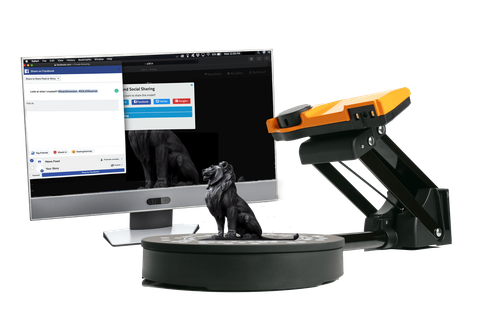 2 mm accuracy
2 mm accuracy - Scan volumes from 50 x 50 x 50 mm to 400 x 400 x 400 mm
- Scan time approx. 4-30 minutes (depending on settings and smartphone)
- easy to use: after 2-3 experiments you get the hang of it
Who Should Buy the Phiz 3D Scanner?
The Phiz 3D scanner is suitable for those who want to 3D scan at a low cost. The accuracy is suitable for objects between 50 and 400 mm height and normal to little details. For reflective, transparent or small objects with a lot of details, the device reaches its limits.
Advantages & Disadvantages
Phiz 3D Scanner
PRO:
- high accuracy
- fast scanning
- very affordable
- easy operation
- smart AI
- mobile
- compatible with 3D printers
CON:
- scan quality partly dependent on smartphone
- not suitable for small objects (< 50 mm) with many details
Check Price at:
Official KIRI Innovations Store*
Scope of Delivery
Phiz 3D Scanner
The Phiz 3D Scanner* comes in a nice box. It is about the size of a shoebox and contains the following things:
It is about the size of a shoebox and contains the following things:
- Phiz Beacon
(here the smartphone is mounted and the laser beam is emitted) - Phiz Turntable
(the object to be scanned will be placed on this turntable later) - USB Type C cable for charging
- Instruction manual
Function
Phiz 3D Scanner
Normal 3D scanners need a light source, a turntable, a camera and a powerful processor with suitable software. The Phiz 3D Scanner uses the camera and CPU of your smartphone and thus saves a lot of costs. Modern smartphones now have very good cameras and powerful CPUs to enable 3D scanning without their own processing unit and camera.
So the components of the Phiz 3D scanner are as follows:
- Light source = laser on the Phiz Beacon
- Turntable = Phiz Turntable
- Camera = camera of your smartphone
- CPU = processor(s) of your smartphone
- Software = 3DScanLink app on your smartphone (iOS & Android)
Besides outsourcing the camera and CPU to your smartphone, what makes the Phiz 3D scanner special is the software.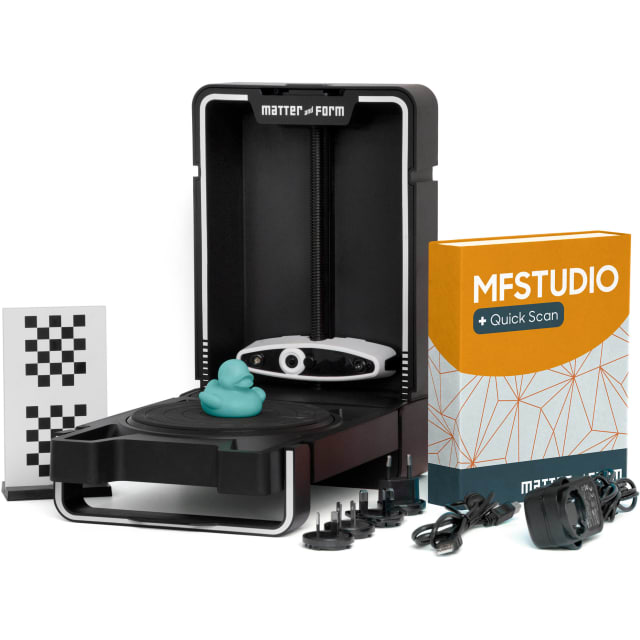 With normal 3D scanners, it is important that the distance between the light source, camera and turntable is always the same, so that you can determine the shape of the scanned object by triangulation.
With normal 3D scanners, it is important that the distance between the light source, camera and turntable is always the same, so that you can determine the shape of the scanned object by triangulation.
With the new patented technology of Kiri Innovation, it is no longer necessary that the distances are constant. Therefore, it is possible that you use your own smartphone and that the Phiz Beacon and the Phiz Turntable are separate from each other.
The sophisticated artificial intelligence (machine learning algorithm) then intelligently merges the scanned image.
Even though it’s all very complicated, in practice it’s quite simple! The app is very intuitive and the user guide tells you exactly how to position everything to achieve perfect results.
Phiz 3D Scanner*Check Price at:
Official KIRI Innovations Store*
Features
Phiz 3D Scanner
Powerful AI
The powerful AI of the Phiz 3D scanner can process millions of data points. It also calculates the exact position of the object, laser and camera, resulting in high spatial accuracy.
It also calculates the exact position of the object, laser and camera, resulting in high spatial accuracy.
Compatible with many Smartphones
All newer smartphones (from iOS 12 and Android 7.0) are supported by the Phiz 3D Scanner. Older smartphones are not compatible with the software, their camera and CPU performance are not sufficient for 3D scanning. Conversely, the quality of the scan is also somewhat dependent on the quality of the camera and the performance of the processor of your smartphone.
Colored Scans
After the 3D scanner has scanned the shape of the object, it moves around the object a second time to detect the color. The result is a scanned, colored object.
Editable Files
Since the exported file can be used with a CAD program, you can still edit the scanned object. Artifacts can be removed and details can be improved.
Operation
Phiz 3D Scanner
The combination of easy-to-understand instructions and an intuitive app is ideal.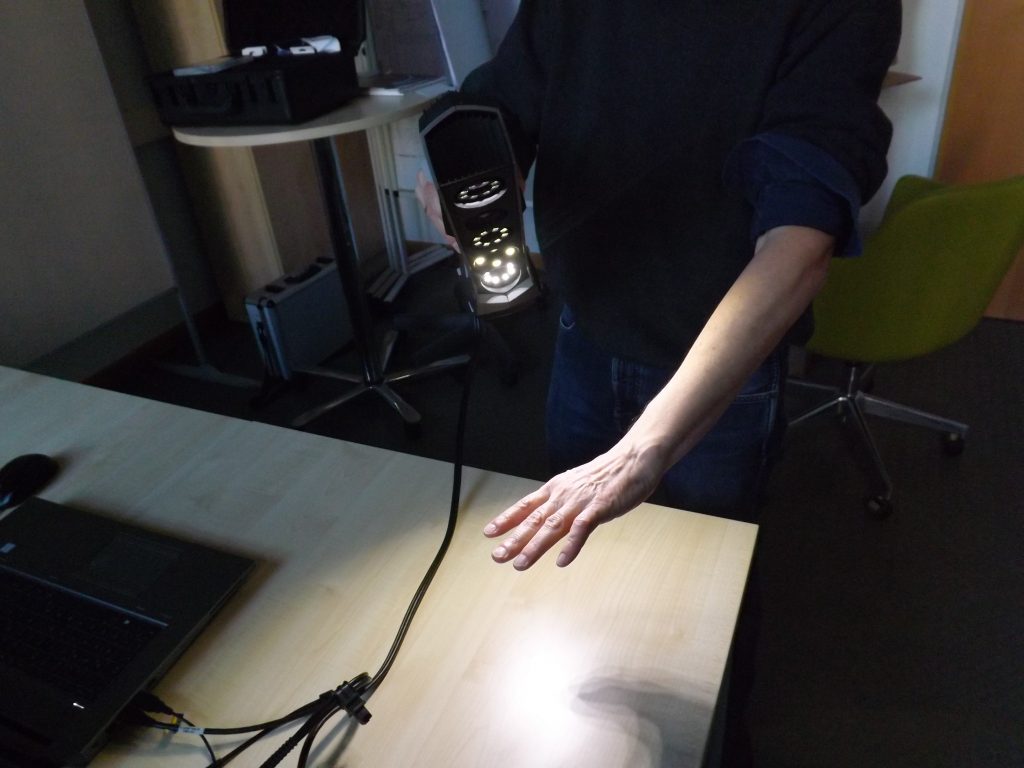 After you’ve scanned once or twice, you don’t need instructions anymore!
After you’ve scanned once or twice, you don’t need instructions anymore!
If you do need a little more help, there are plenty of video tutorials like this one:
Hardware
Operating the hardware is pretty simple with a total of three buttons and a rotary wheel.
- Phiz Beacon:
- On/Off switch
- Button to clamp and release the smartphone
- Rotary wheel to adjust the focus of the laser
- Phiz Turntable:
- On/Off switch
The mechanism for clamping the smartphone is operated via a single button. When you hold it down, the head moves up. If you then release it and press and hold it again, it moves down again.
The mechanism automatically detects when it has clamped the smartphone and stops. After that, your smartphone sits firmly in the Phiz Beacon.
After that, your smartphone sits firmly in the Phiz Beacon.
Software
As already mentioned, the associated app is very intuitive to use. It is available for Android and iOS.
Once you have registered, you can also directly start and connect your Phiz 3D scanner. The app notices that you have never connected to the device before and gives you a video tutorial for each step.
These tutorials are really easy to understand and repeatable. Even in the later course of operation, short descriptions are always displayed and small videos are played so that you always know what you have to do.
Practical Test
Phiz 3D Scanner
In the hands-on test, the Phiz 3D scanner made a very good impression. The very simple operation just described made it extremely easy to get started. Only a few minutes passed between unpacking and starting the first scan.
I tested the device in the highest quality settings. The results are impressive, as you can see in the following gallery.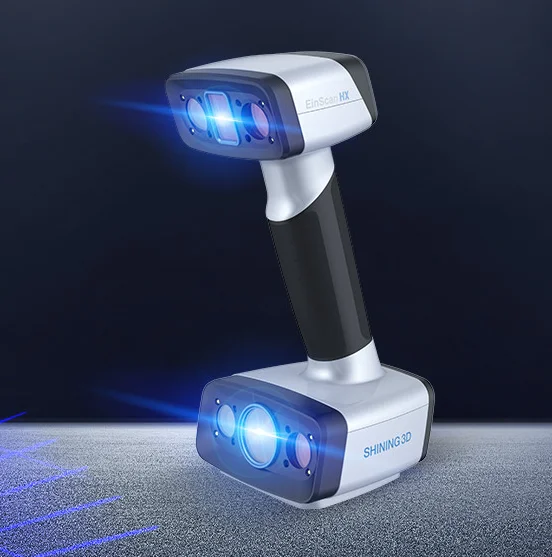
Only with very small and detailed objects did Kiri Innovation’s 3D scanner reach its limits. There you could see that the details were not well noticeable. But here I am probably a bit too picky because a resolution of 0.2 mm is already really very good.
The artifacts that can still be seen in the point cloud are removed or compensated for by the software during export. The result is a smooth surface. The export options are designed so that you can set the level of detail yourself.
Phiz 3D Scanner*Check Price at:
Official KIRI Innovations Store*
Fields of Application
Phiz 3D Scanner
3D printing
All scanned objects can be exported as .STL and .OBJ. These file formats are used by all popular slicers. The combination of a 3D scanner and a 3D printer allows you to literally copy objects!
Education
The affordable price and ease of use make the Phiz 3D scanner ideal for schools and universities.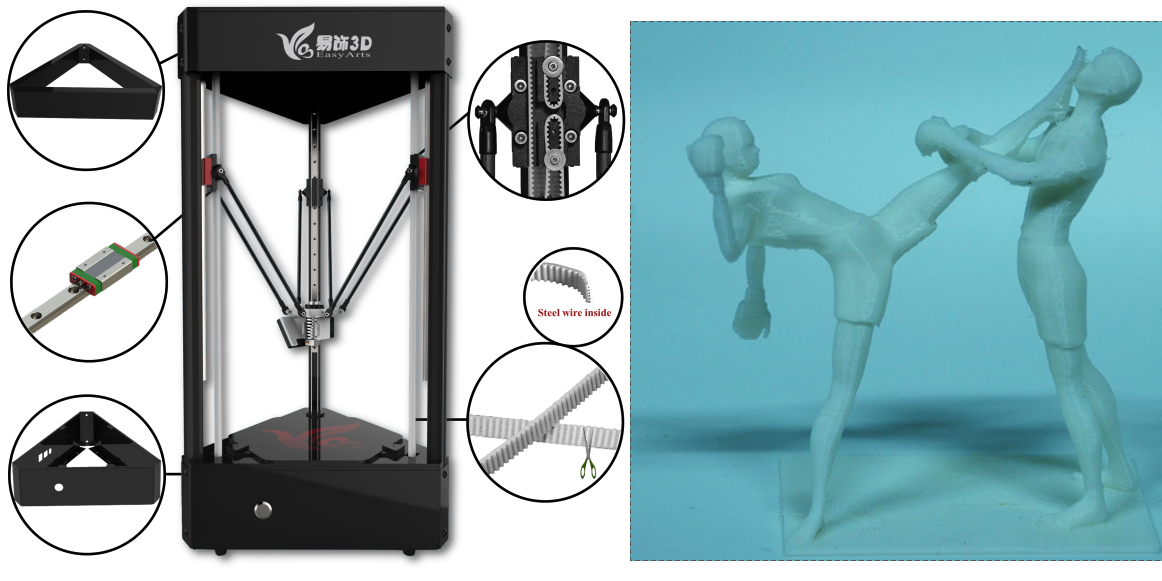 The ability to create a 3D model with just a few clicks inspires young people and promotes their technical understanding and use of new technology.
The ability to create a 3D model with just a few clicks inspires young people and promotes their technical understanding and use of new technology.
3D Design
As in many other creative fields, inspiration is very important in 3D design. With a 3D scanner, you can bring your inspiration directly into your 3D program and build on it. This makes the process of creating new 3D worlds much easier.
Technical Specifications
Phiz 3D Scanner
SCANNING
- Scan time: 4-30 minutes
(depending on selected resolution and smartphone used) - Accuracy: up to 0.2 mm
- Max. Scan volume: 400 x 400 x 400 mm
- Min. scan volume: 50 x 50 x 50 mm
- Max. Weight on turntable: 2 kg
- Point cloud resolution: Up to 1 million vertices
- Export format: STL, OBJ, PLY
DEVICE
- Weight: 1,65 kg
- Size Phiz Beacon: 85.5 x 85.5 x 165 mm
- Size Phiz Turntable: 150 x 150 x 69.55 mm
- Battery life: 6-8 hours
- Laser: 5 mW, 520 nm
- Volume: 20 dB
APP
- Compatibility: from iOS 12 and Android 7.
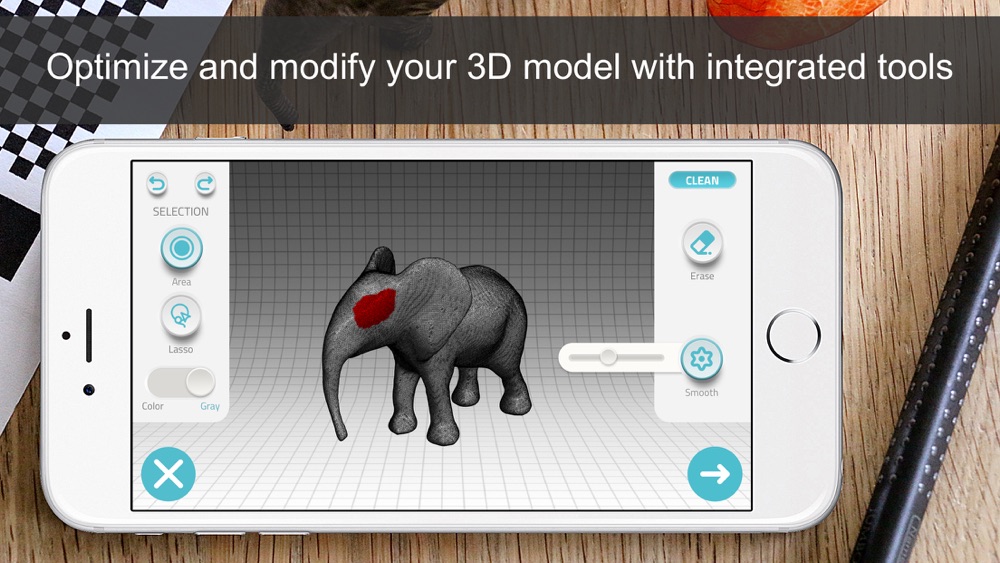 0
0 - Language: English and Simplified Chinese
Check Price at:
Official KIRI Innovations Store*
Disclosure: This website is the property of Martin Lütkemeyer and is operated by Martin Lütkemeyer. Martin Lütkemeyer is a member of the Amazon Services LLC and other Affiliate Programs. These are affiliate advertising programs designed to enable websites to earn advertising revenue through advertising and linking to Amazon.com and others. Links marked with * are affiliate links.
Phiz 3D Scanner Powered by Smartphone — Anet 3D Printer
Sold out
Original Price $379.00
Current Price $369.00
Share this:The world’s first high-precision 3D scanner powered by smartphones.
【One Button Up and Down Beacon】Flexible up and down beacon without hands, slip-free slot hold tighter your phone.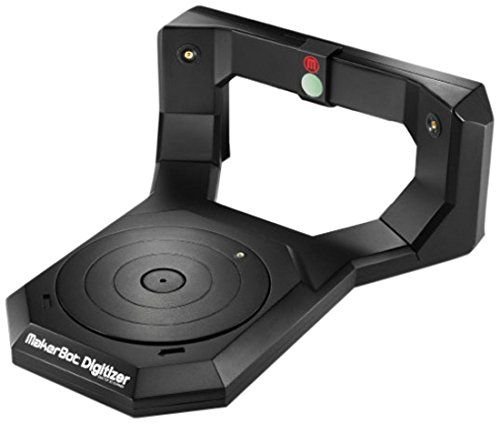
【Compact Easy to Carry】Lightweight, suitable for use indoors or outdoors, large 400*400*400mm scan volume.
【Industrial Level Result】4 minutes fast scan with up to 0.2mm precision. Support multiple output modes.
【Intelligent Setup】Automatic calibration before the scan, smart light-dim design spontaneously adjusts object color and light.
【Patent Technology】Work with smartphones regardless of their size or camera positions, automatic renewal of data-driven regression.
【Versatile Application】Fit for medical, engineering, design, sculpt, research and so on, AR and VR compatible, models work with all 3D printers
- Save $360.00
Best 3D Scanners in 2021 – Buyer’s Guide
"Phiz has a fully adjustable scan range because the turntable is detached from the camera and laser frame. "
"
"The Phiz 3D represents strides in making scanning as easy as possible, and affordable."
Read for more
The 12 Best 3D Scanners 2021
Whereas most 3D scanners use their own camera system to scan objects, Kiri Innovation’s Phiz 3D scanner instead uses your smartphone’s camera and CPU along with its turntable and lighting system to offer an affordable yet good quality 3D scanner.
3D Sourced
Phiz: World's most affordable high-precision 3D scanner
Phiz is a high-precision laser 3D scanner that works with your smartphone or your laptop.
Maker Faire
3D Model at Your Finger Tip
- Make your own "Toy Story". 3D model assets are the fundamentals for 3D animation or 3D game development.
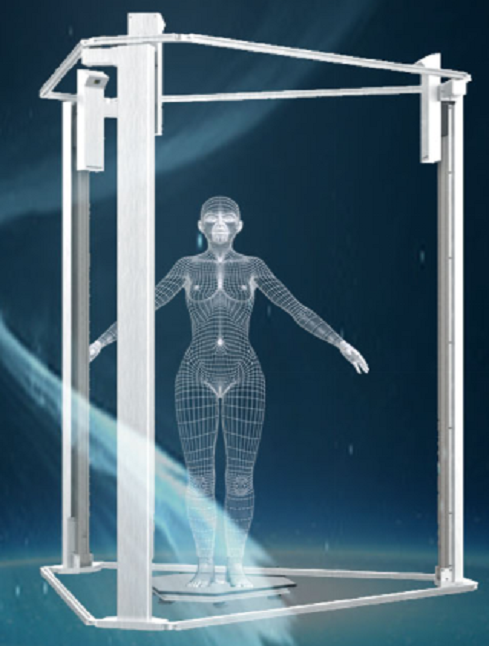 The accuracy of Phiz enables you to create detailed 3D assets out of your physical collections.
The accuracy of Phiz enables you to create detailed 3D assets out of your physical collections.
Intuitive Scanning Experience
Using a 3D scanner has never been so intuitive. We developed the professional algorithm and put it in a smartphone app. Phiz 3D scanner is also compatible with all 3D printers in the market. The 3D scans can be sent straight to your 3D printer.
| Battery Life | Phiz Beacon: 8 hours / charge Phiz Turntable: 6 hours / charge |
| Effective Wireless Range | ≤ 1.3 ft. (40 cm) |
| Compatible Devices | iPhone 6s and later models (excluding the SE series), with iOS 12 and newer. Most Android phones after 2017, with Android 6. 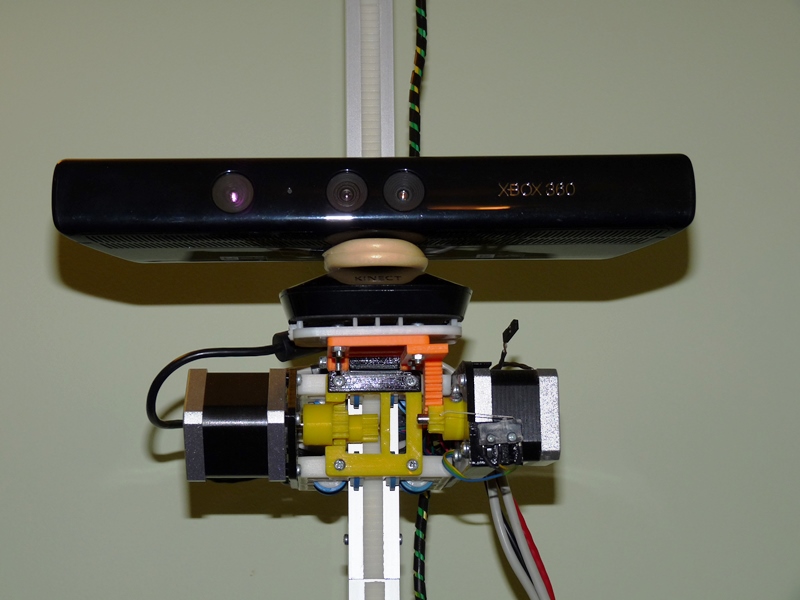 0 and newer. 0 and newer. |
| Scan Duration | Low Resolution: est. 4min – 10min Medium Resolution: est. 8min – 15min High Resolution: est. 16min – 30min *scan duration will vary on different devices |
| Point Cloud Resolution | Up to 2.2 million vertices |
| Export Format | STL, OBJ, PLY |
| Battery | 18650 Lithium Battery Voltage: 3.6V Phiz Turntable:2500mAh Phiz Beacon:2500mAh |
| Antenna | Built-in Antenna |
| Low Battery Warning On | Battery Voltage |
| Firmware | V1.0 |
| Laser | Power: 5mW
Wavelength: 520nm |
| SoC | NRF52832 |
| Life Cycle | 2500 hours |
| RF operating frequency | 2.4GHz–2.4835GHz |
| Modulation method | GFSK |
| Rated RF power | 20dBm |
| Operating voltage | Max 4.2V,STD 3.7V,Min 3. 3V 3V |
| Charge Current | Max 1750mA,STD 500mA |
FAQ of Phiz 3D Scanner
90,000 technologies, methods and principles of 3D scanners04/16/2021
Content
-
- What is 3D scan and why it is used by
- How 3D scanner
- 3D scan technologies
- Methods 3D
- Contact 3D scanners
- Non-contact 3D scanners
- Types of 3D scanners according to the principle of use
- Advantages and disadvantages of 3D scanners
- Things to consider when choosing a 3D scanner
- Applications
Currently, few people are not familiar with such a concept as 3D printing. Many companies are using modern 3D printers with might and main, recreating layouts of various shapes and sizes with their help. There are also those that recreate whole objects - not only small ones (for example, phone cases, souvenirs, sneakers), but also large ones (houses, engine parts, etc.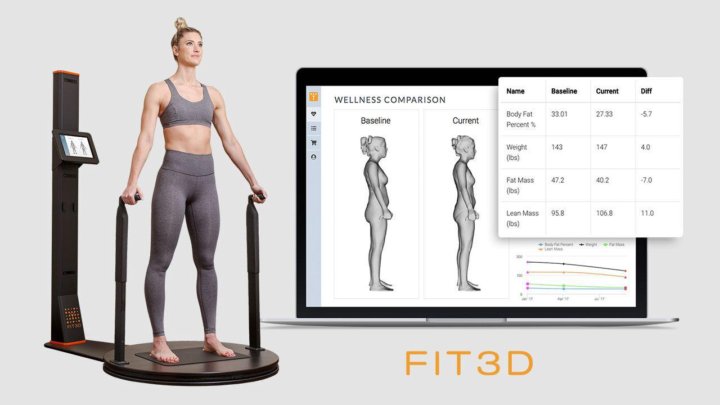 ). But all this would not be possible without 3D scanners. It is they who allow you to accurately copy almost anything - from huge buildings and structures to humans, animals, small objects and much more.
). But all this would not be possible without 3D scanners. It is they who allow you to accurately copy almost anything - from huge buildings and structures to humans, animals, small objects and much more.
What is 3D scanning and what is it used for
Three-dimensional scanning is a technology that appeared in the 60s of the 20th century. It was created in order to transfer the physical parameters of the object into a digital format in the form of a three-dimensional model. The need for this naturally arose when people around the world increasingly began to use computers both in everyday life and in production.
The first samples of 3D scanners were quite simple and did not have wide functionality. Gradually, they became more complex and improved, making it possible to achieve an ever clearer image of the object. This has become especially relevant with the advent of lasers.
3D scanners allow you to transfer object data into digital format
3D scanning has opened up new opportunities in various areas of human activity - from the automotive industry and the military industry to design, medicine and cinema.
How a 3D scanner works
A 3D scanner is a device that examines an object by digitizing it using sensors and using the information received to create a three-dimensional model. In fact, a 3D scanner creates a digital copy of a physical object of any configuration and complexity. In this, it fundamentally differs from its predecessors - conventional scanners that can only read information from documents and photos.
The scanning process itself can take place in different ways - depending on the type of 3D device and the technology used, as well as on what object you want to process with it - moving or static.
3D Scanning Technologies
There are 2 main types of 3D scanners - laser and optical. Their fundamental difference lies in how and with the help of what the “removal” of data takes place. Let's take a closer look at both.
Laser 3D scanning, as the name implies, uses a laser and can be carried out both at short and long distances from the object.
Laser Scanner
For the most part, 3D laser scanners work on the principle of triangulation, when the camera finds a beam on the surface of an object and measures the distance to it, after which a cloud of points is created, each of which has its own coordinates in space, and a 3D model is built. Their "advantages" are affordable price and ease of use combined with high scanning accuracy. Of the "minuses" - there are restrictions on the remoteness and size of the object.
Another type of laser scanner works by measuring the response time of a beam from the surface of an object - the so-called laser range finder. They are widely used where it is necessary to create 3D models of various buildings and structures. It is not advisable to use them at short distances, since in such cases the response time is very short and the accuracy of the data is reduced. Otherwise, this type of scanner is characterized by high scanning speed and the ability to read all the details.
The disadvantage of laser scanners is the impossibility of their use on moving objects. Then optical 3D scanners come to the rescue, which shoot with one or more cameras from different angles an object illuminated by a special projector. Based on the received image, a three-dimensional image is built.
Optical scanner
A "contraindication" for the use of this technology are reflective and translucent surfaces - shiny, mirror or transparent. But when scanning a person, they are simply irreplaceable.
3D scanning methods
Any object can be digitized both by contact and non-contact methods. In the first case, active interaction with the subject is necessary, in the second, accordingly, no. Both of these methods have their advantages and disadvantages.
Contact 3D scanners
They have a mechanical probe with a special sensor that measures parameters and transmits the collected information to the device. To do this, the object under study is placed on a special surface and fixed (if necessary). Such tight physical contact makes it possible to determine and then build a 3D image as accurately as possible, however, there is a small risk of damage to the prototype.
Non-contact 3D scanners
This category includes all devices capable of scanning at a distance. This is especially true for objects located in hard-to-reach places.
Non-contact 3D scanner
A stream of radiation (it can be ultrasound, light, X-rays or a laser) is directed to the object and reflected from it, it is recognized by the 3D scanner. They are similar in principle to a video camera and may require the use of additional devices for better lighting.
Non-contact 3D scanners come in 2 types:
-
Active - work with the help of a laser beam or structured light directed at an object, which, when reflected, give information about the location of the object in the form of coordinates.
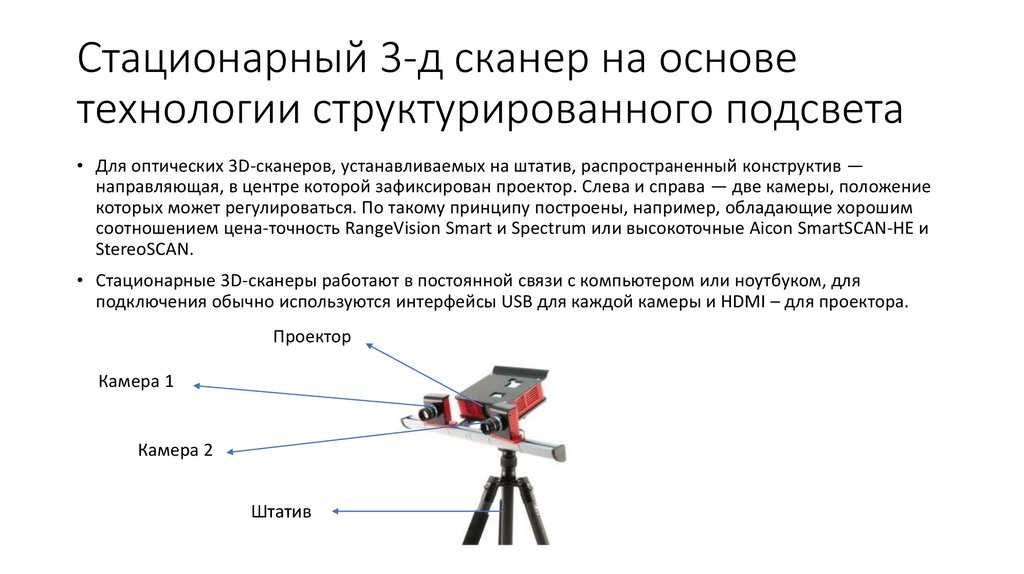
-
Passive - use time-of-flight rangefinders that read the time and distance that the laser beam travels to the object, and so - for each point in space, which ultimately allows you to accurately recreate its three-dimensional image.
Desktop 3D scanners are very popular and widespread, since they are mostly simple and safe to use, do not require any special technical skills and are quite cheap. The EinScan-SE 3D scanner is one such example. It can be used both at home and in the office. It has access to the API of many popular 3D printers, which makes it possible to immediately print the created three-dimensional model.
Add to compare
Product added to compare Go
| Manufacturer | Thor3D |
Add to compare
Product added to compare Go
| Manufacturer | Shining 3D |
Add to compare
Product added to compare Go
| Manufacturer | Shining 3D |
Add to compare
Product added to compare Go
| Manufacturer | Range Vision |
Types of 3D scanners according to the principle of use
There is also a variety of species here. Let's highlight the main ones:
-
Manual: The are handy and simple models that are easy to use as they are quite compact and do not require special skills. True, their technical capabilities may be somewhat limited.
-
Portable: are mainly used for field work, they are convenient to take with you.
-
Desktop: have extended functionality and are used to create high-quality 3D models. Most often used in offices.
-
Stationary: are used, as a rule, in production, various enterprises, as they can scan a large number of objects of the same type at once. Mounted on special turntables.
Handheld 3D Scanner Calibry
Such a choice of products allows you to select the right model for a specific task. In some cases, scanners independently measure objects, in others - with the help of a person who sequentially moves the device until all the necessary information is collected.
Such options for hand-held 3D scanners as Calibry are in high demand among buyers. Despite the apparent simplicity of execution, it has a high resolution and scanning accuracy, due to which it is able to digitize objects with a length of 0.2 to 10 meters. Objects that have a non-standard surface - dark or shiny, with a large number of corners and small details will not become a problem either. Among other things, its undoubted advantage is its low weight, only 900 grams.
Advantages and disadvantages of 3D scanners
Surely, many of the potential buyers are wondering: do you really need a 3D scanner to invest a lot of money in it? What can this acquisition give and will such an investment be justified?
3D scanning has become an integral part of any modern manufacturing process
In order to understand how much you need this equipment, we will list its advantages and disadvantages.
Benefits:
-
They make it possible to scan objects located at a remote distance and in places inaccessible to the presence.
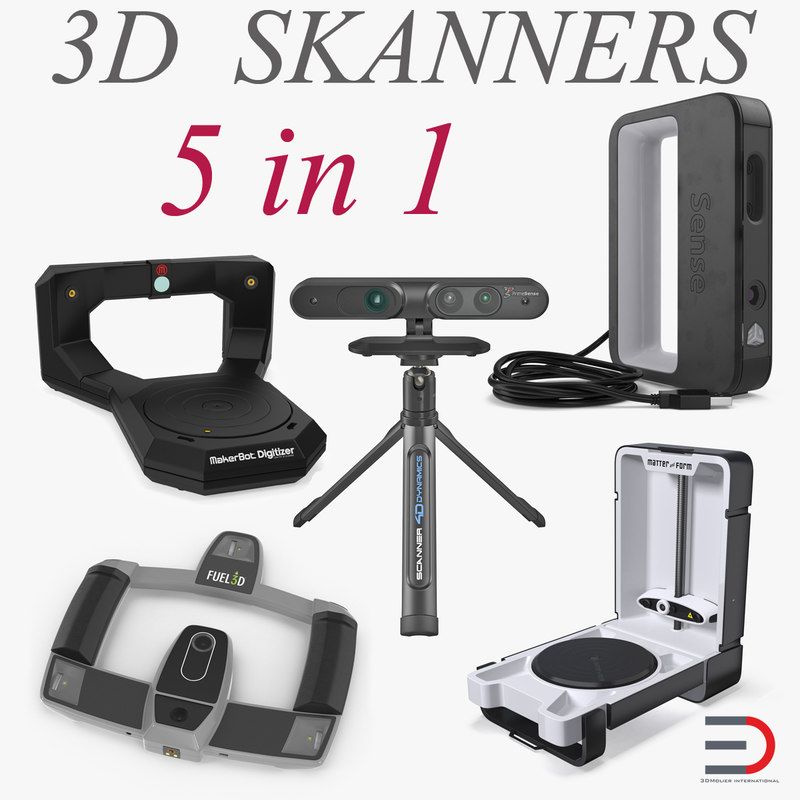
-
They have the ability to "read" not only colors and images, but also to convey the texture of the surface.
-
Significantly speed up the process of "taking" data from any object, even a very complex one with a large number of planes.
-
A variety of models allows you to choose the most convenient version of the scanner, including manual or portable, which can be easily taken with you.
Weaknesses:
-
Some scanners are unable to recognize transparent or black and white objects. In this case, their preliminary preparation (treatment with a special composition) is required.
-
I do not always display complex objects correctly, with a large number of inserts and partitions.
-
To obtain a high-quality result, they require skills and abilities to work with certain computer programs for creating 3D models.
-
If the rules of operation are constantly violated, it may become necessary for expensive repairs to the equipment.

If you need high-precision and high-quality three-dimensional copies of objects, then you cannot do without a 3D scanner. It makes it possible to work in almost any conditions - indoors and outdoors, and with any objects by type and size. It is not surprising that now these devices are in great demand, which gives rise to the annual release of a large number of models, from which you can always choose the one that suits you in terms of quality and price.
What to consider when choosing a 3D scanner
The computer equipment market offers a huge amount of all kinds of equipment, including devices for three-dimensional scanning. Navigating that variety is sometimes not at all easy: some buyers are only concerned about the cost, others are interested in the number of options (sometimes completely useless), but the most far-sighted look at the ratio of the first and second.
Choosing the right 3D scanner is a big deal
It is not always easy to take into account all the technical points that can significantly affect what result will be ultimately achieved. We will tell you what you should pay attention to if you are thinking about buying a 3D scanner.
We will tell you what you should pay attention to if you are thinking about buying a 3D scanner.
Focus on the following parameters:
-
How high is the accuracy of the 3D scanner. This is one of the most important features. It needs to be targeted first.
-
Resolution also plays an important role. It follows from the first, since the accuracy of measurements and the quality of copying depend on the resolution.
-
In what range the device operates, how close / far it can be from the scanned object.
-
The scanning field is the parameters of that object, thing that it is able to process in 1 session.
-
Does the scanner capture various atypical types of surfaces with complex terrain - channels, partitions, holes, etc.).
-
Portability, mobility of the device - how easy it can be moved if desired, taken with you, its size.
-
The time it takes to prepare for work, as well as the duration of the digitization process itself.

-
The range of possibilities in terms of copying: are there any restrictions on shapes, textures, material, as well as operating conditions - temperature, light, etc.
Of course, the better the quality of the 3D scanner, the more expensive it is. However, you should focus primarily on the tasks that you face, and only then take into account everything else.
Applications
Three-dimensional scanners are in demand in many areas of human life. They are irreplaceable both in the industry, and for household needs. The range of their application is so wide that it is possible to list for a very long time. It's easier to say where they are not needed.
The most common areas of use are, of course, medicine, industry, architecture, construction, film industry and design.
For example, in dentistry, these devices allow you to create ultra-precise three-dimensional models of dentures. One type of such a scanner is Shining 3D's AutoScan DS-EX PRO, which does a great job with a variety of tasks while being quite affordable and reliable.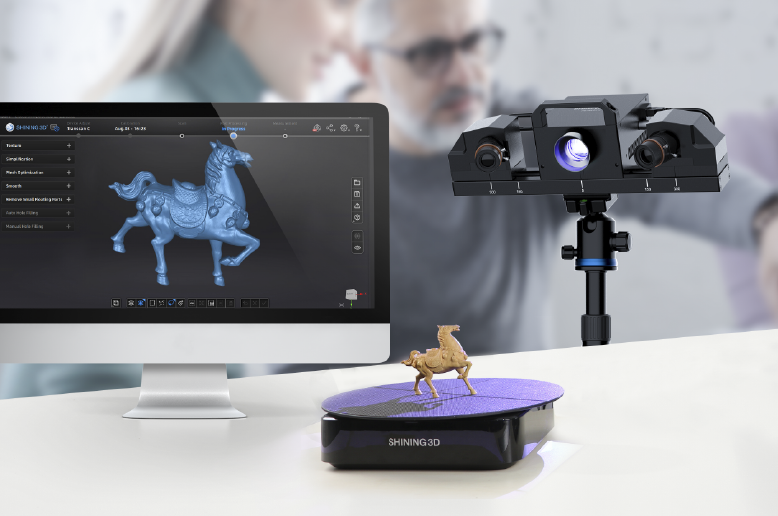
Medical 3D Scanner
In engineering, such technologies are also indispensable. Digital building prototypes are now much easier and faster to obtain than in the past, when it required multiple manual measurements and then entered into a database. Any physical object can now be recreated in three-dimensional form, moreover, in the shortest possible time and with a minimum error.
In cinemas, we can see with our own eyes "revived" fantastic characters, which were created using motion capture technology, which made them as realistic and impressive as possible. This would not have been possible without 3D scanners.
A few decades ago, it was even difficult to imagine all the things that we use all the time today. And in many ways this has become achievable thanks to three-dimensional digitization. This approach provides huge advantages in work (especially for technical specialists - engineers, designers, designers), however, in order to use them to the maximum, it is also necessary to understand computer programs for 3D scanning.
We will talk more about this topic in one of our next articles. And if you want to know more about it, stay tuned.
#Useful
Expert in the field of additive and subtractive technologies, 3D equipment and CNC machines with over 10 years of experience.
Share
all materials
How does a 3d scanner work? Device, principle and technologies of 3D scanning
3D Scanner is a stationary or small handheld device for scanning objects with complex spatial geometry. Simple scanners process images in a plane, while 3d scans physical volumetric objects, displaying information as a polygonal model or a cloud of points. Three-dimensional scanning devices are used in medicine (dentistry, plastic surgery, making prostheses, organ models, etc.), for creating computer games, in the film industry, design, architecture, engineering, for designing industrial parts, cars, for reconstructing objects in archeology. Scanners analyze and digitally recreate a three-dimensional model of an object, its shape and color with a high degree of detail, working in different conditions (with insufficient visibility, in the dark, with vibration), with any materials, provide the desired format of output information for software for work with her on the computer.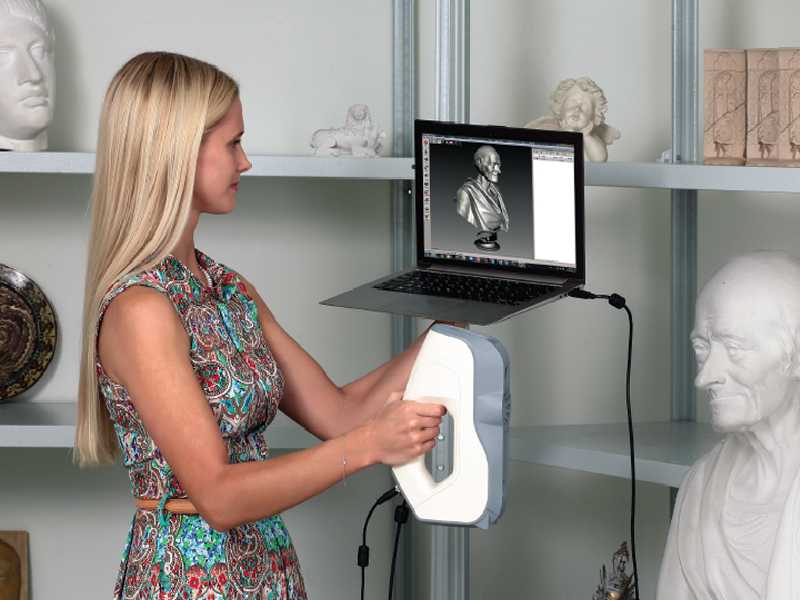
How does a 3D scanner work?
The principle of operation of the 3d scanner is the ability of the device to determine the distance to an object, convert the received data into a digital image (three-dimensional model), transfer it to a computer. The scanner determines the coordinates of points in space on the surface of the processed object, analyzes them, and forms a detailed digital model. Cameras, lasers, rangefinders, devices for illumination are involved in its work.
3D scanning technologies
- Contact (contacts with the object).
- Non-contact (without object contact). These are the most promising and new technologies that allow you to create models of objects simply by directing a laser beam, light, waves at them. The scanner is applied at a distance and is able to create a copy of a hard-to-reach object without physical contact with it.
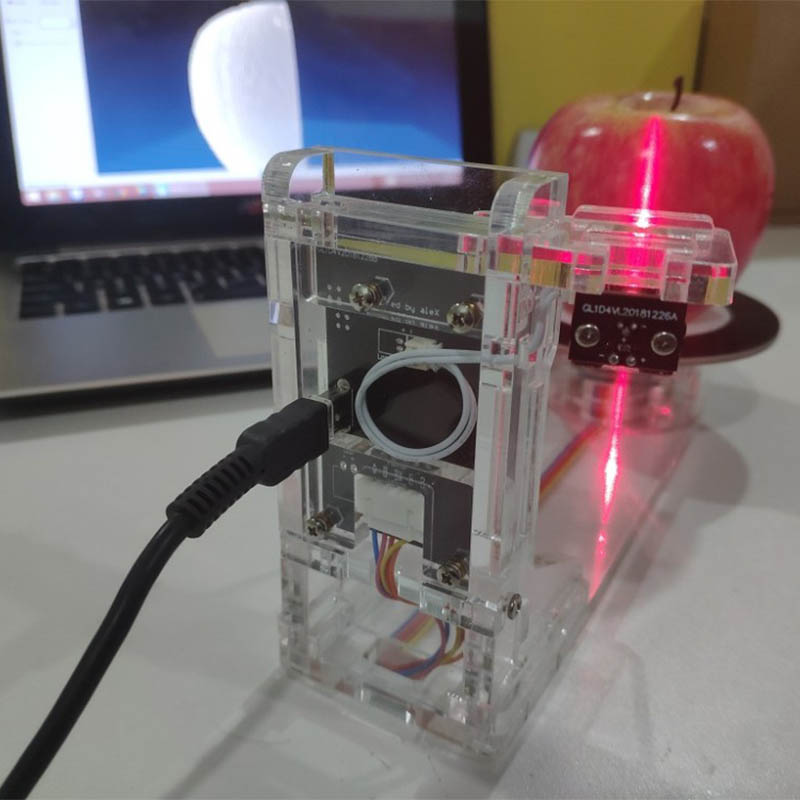
Non-contact 3d scanners
The two most common scanning technologies are optical (passive and radiation) and active laser.
Active emission principle
Scanner emits structured, intermittent light, laser triangulation. A laser beam, a beam of light generated in a special way (diodes, lamp flashes), and waves are directed to the object under study. Based on the analysis of their reflection and position, a three-dimensional copy of the object is formed.
Passive radiation principle
Do not emit anything, analyze the light or infrared (thermal) radiation of an object. Work like a human eye;
Photometric non-contact passive 3d scanning technology
Scanners from this group are represented on the market by the XYZprinting model. These are quite compact simple models that have only basic 3D scanning functions.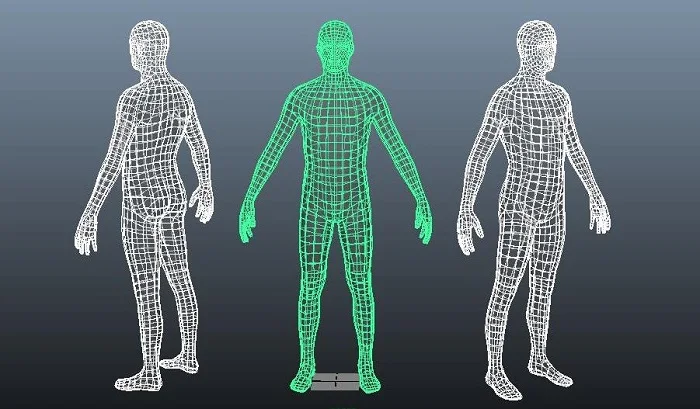
Pluses: reasonable price and compactness.
Device
Passive 3d scanner device (on the example of the specified model): housing, one compact camera, USB cable for connecting to a computer and transferring the image of the scanned object to it. Scanner without stand, manual, made in the form of a stapler.
How it works
A light-sensitive camera captures light from an object, processes it, and forms a three-dimensional model, exporting it to a computer. The user can have two modes of operation: scanning a person or objects. To get started, you need to install the software on your computer, connect the device to it via a USB cable, select the operating mode, press the button on the scanner and, slowly swiping it in front of the object, scan.
How the technology works
The device uses passive scanning photometric technology without any radiation and projection onto the object.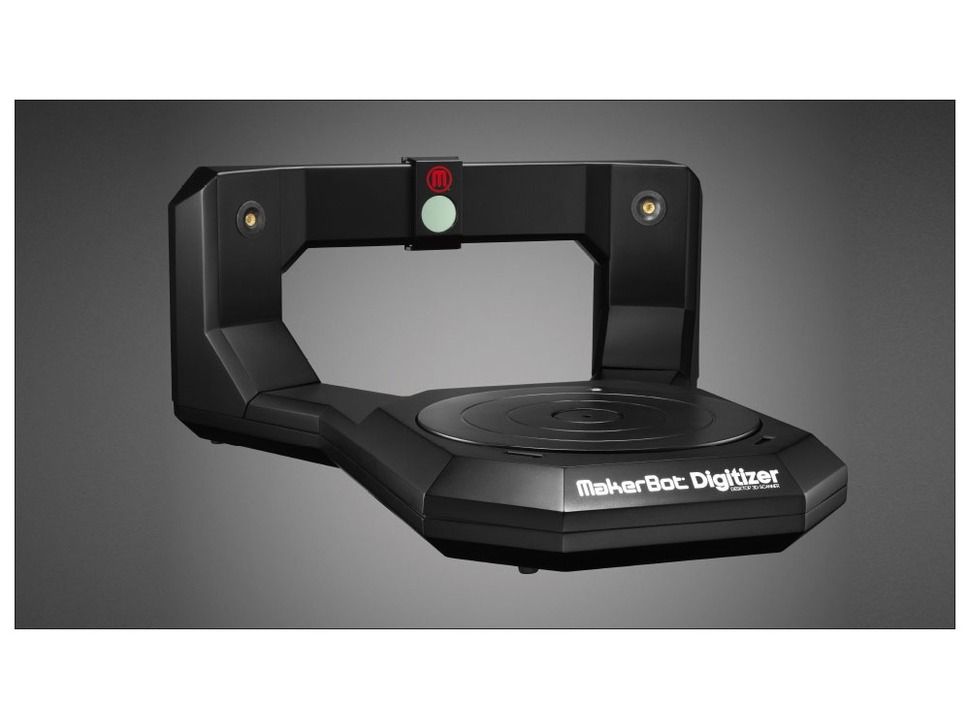 The work is carried out with a slightly improved simple optical camera that captures visible light. The disadvantage is that if the lighting is insufficient, the object needs to be additionally illuminated.
The work is carried out with a slightly improved simple optical camera that captures visible light. The disadvantage is that if the lighting is insufficient, the object needs to be additionally illuminated.
Scanning is performed using the so-called silhouette method. It reproduces the contours of an object based on a sequence of frames captured by a video camera swept around the object against a well-contrasted background.
Stereoscopic non-contact passive 3d scanning system
Models with non-contact passive scanning technology
This type of device is represented by 3D Systems Sense, 4D Dynamics Gotcha models.
Device and principle of operation of a 3d scanner based on a non-contact passive scanning system
Devices are equipped with two cameras and an infrared sensor. The 3D Systems Sense scanner is made in the form of a stapler, it is a compact handheld device, it can be used with a tripod, in Gotcha (with a tripod and a handle), it is included.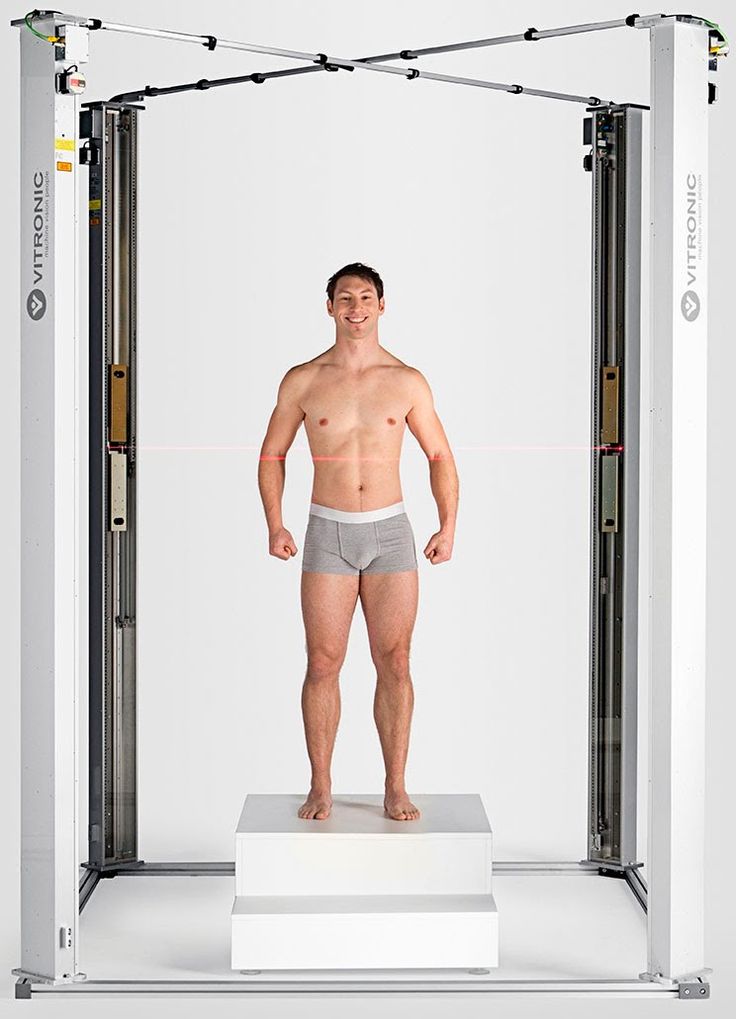 The principle of operation is passive optical. In both cases, power and data transfer is carried out via a USB cable. The devices have standard modes: scanning a person and an object.
The principle of operation is passive optical. In both cases, power and data transfer is carried out via a USB cable. The devices have standard modes: scanning a person and an object.
Scan technology
The camera uses this technology to detect infrared (thermal) radiation and normal light reflected from an object. The systems are stereoscopic, that is, they use two cameras. The device compares frames, based on small comparisons of differences between them, determines the distance at each point of the image and recreates the object in digital form.
3d scanners with laser active scanning
This group of devices is represented by the following scanner models: 3D Systems iSense, DAVID Starter-Kit ver.2, MakerBot Digitizer.
Device
Devices have two lasers and a camera. It should be noted that the laser safety of gadgets corresponds to level I, which is completely safe for the eyes. The iSense scanner is designed to work only with the iOS operating system and with Apple iPad above 4 generations. It is made in a compact case, which is installed on a mobile gadget and connected to it with a USB cable, the battery lasts for 4 hours of its operation. It attaches like a webcam, scans and immediately displays the image on the iPad.
The iSense scanner is designed to work only with the iOS operating system and with Apple iPad above 4 generations. It is made in a compact case, which is installed on a mobile gadget and connected to it with a USB cable, the battery lasts for 4 hours of its operation. It attaches like a webcam, scans and immediately displays the image on the iPad.
Models
DAVID Starter-Kit ver.2 3D scanner device: webcams and laser sensors with automatic adjustment function. The device comes with a tripod and tripod.
Maker Bot Digitizer is slightly different in design from the previous model. The body of the scanner is made as a pedestal, one part of which is a rotating platform, the other is equipped with two lasers on the sides and a camera in the middle. They scan an object located on the site.
How technology works
Let's describe how a 3D scanner works. Laser scanning is based on the triangulation method.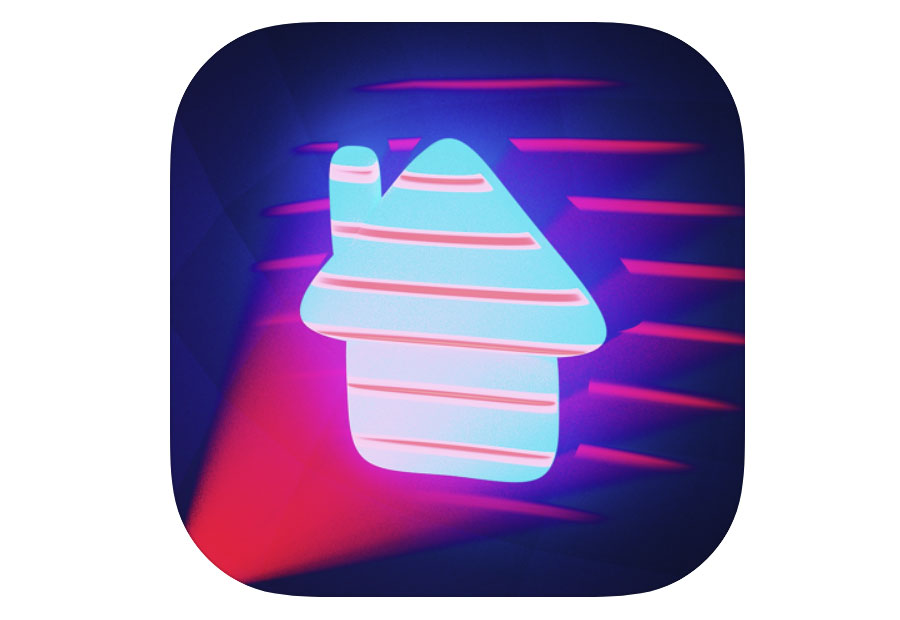 This is an active scan tool. It uses laser beams by projecting it onto an object. The laser processes the surface of the object, its points are fixed on its different parts. The camera captures the laser dots on it, the angle of displacement of the laser beam and transmits the data to a computer with the appropriate software, which forms the object in digital form.
This is an active scan tool. It uses laser beams by projecting it onto an object. The laser processes the surface of the object, its points are fixed on its different parts. The camera captures the laser dots on it, the angle of displacement of the laser beam and transmits the data to a computer with the appropriate software, which forms the object in digital form.
The scanning technology is called “triangulation”, because the triangle of the device's functional elements is involved in the work: the laser point on the object, its emitter, and the camera. In most cases, the dot is formed by a laser streak or spot passing over the surface of the object.
Structured light 3d scanning technology
Models that use structured or intermittent light technology in their work: DAVID SLS-2, RangeVision Smart, RangeVision Standard Plus, RangeVision Advanced, RangeVision Premium. A separate group includes manual Artec Spider, Artec Eva, Artec Eva Lite.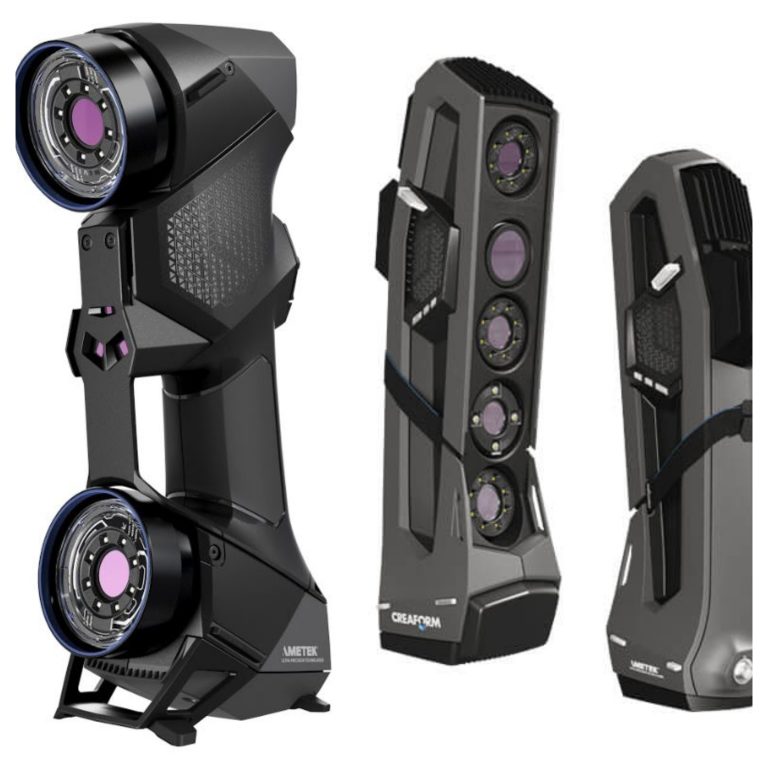
Device
The main functional elements of these devices are cameras and a light source that structures it in a special way and directs it to the scanned object. In the DAVID SLS-2 model, a video projector serves as a light source. These are mounted on a tripod with a tripod, which are included. This allows you to set up and calibrate instruments, install them in different positions and securely fix them, reducing vibration. Light sources in devices are halogen lamps, diodes, video projector.
Artec Spider, Artec Eva, Artec Eva Lite are made in a compact body with an iron-like handle. The handle has control buttons and outputs for interface and power cords. At the bottom there is also a hole for standard photo tripods and legs for fixing the device on the surface. 3d scanner device has the following. From the bottom it is equipped with a 3D camera (there are three of them in Artec Spider) with increased resolution, from the top of the device - a flash (projector) of structured illumination, a central color texture camera in the middle, along with light sources in the form of 6 or 12 diode bulbs.


